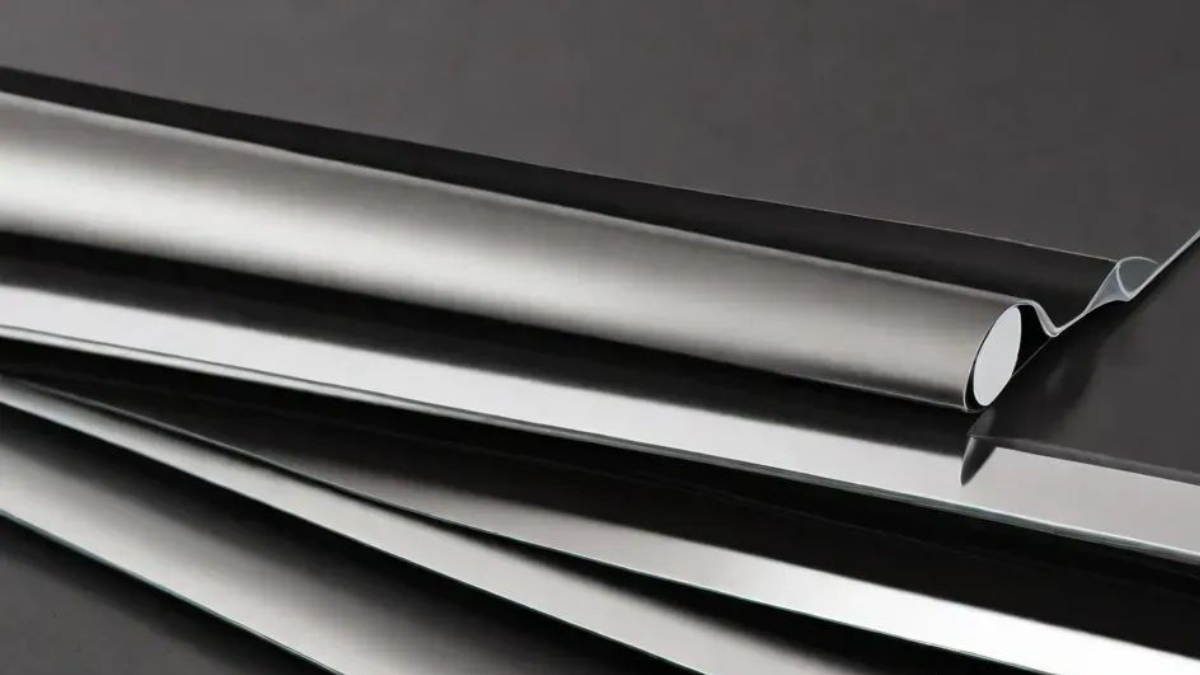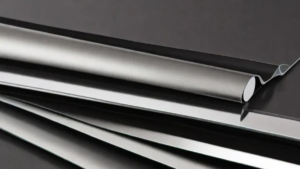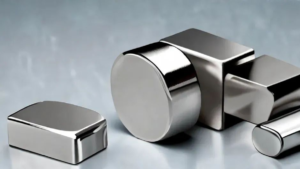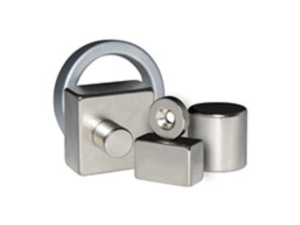
Has this ever happened to you? Your customer has a job they need to be completed, but they do not know exactly what they need for the outcome to work as they had envisioned. You know that they are looking for the magnet in their project, but there are numerous different kinds of the magnet. Therefore, you are not sure what type of magnet would work best for their application. We encounter this issue frequently with our customers, and we love to try to educate them on what types of magnet would work best for their job. Below is a quick cheat sheet to try and help you determine which magnet would work best in certain common applications.
Flexible Strip and Sheet Magnet
We recommend using flexible strip or flexible sheet (depending on the size of magnet you need), when you have an application that doesn’t require excessive strength and the magnet will be going directly onto a receptive surface with no air gap. This means that there will not be any other material between the magnet and what it is attracting to. The receptive surface could be a magnetic receptive metal or a magnetic receptive material such as RubberSteel. The flexible magnet can be printed directly onto, or have print laminated to it, which makes it an invaluable tool in the sign and graphics industry. If you are looking to go magnet to magnet, we do not generally recommend flexible magnets, as there are often issues that arise from poles not lining up correctly, causing the magnet to not align as you would wish. However, there are certain instances where this is commonly used, such as trade show booths. The flexible magnet used in these circumstances is a special magnet called Matched Pole. Matched pole comes in limited widths and thickness, it has an A and B side, and they align perfectly every time, making it quick and easy to use. Common applications that utilize flexible strips and sheets are warehouse labels, POS signage, magnetic notepads and trade show booths.
Neodymium Magnets
Neodymium magnets live up to the saying, “good things come in small packages”. This saying can be taken literally, as these magnets are most commonly used in packaging, and are perfect for creating magnetic closures. Unlike flexible magnets, neodymium magnets pack so much holding power into small sizes, that they are perfect for being buried within the packaging and still have the strength to create a strong closure. These magnets are perfect for being able to line up directly with one another, or with a magnetic receptive material buried opposite the neo. Neodymium magnets are a good choice when you need a lot of holding power in a very small space. Common applications for neodymium magnets are packaging or any job where a magnet must be buried between materials and jobs that require significant holding power.
Ceramic Magnets
Ceramic magnets are not as commonly used, nor nearly as strong as a neodymium magnet. However, ceramic magnets are a good choice if you have an application that must withstand high temperatures. Ceramic magnets are a hard type magnet without coating and can maintain their holding power in temperatures up to 400ﹾF. These magnets are also relatively inexpensive as compared to other hard magnets. They are often found in many magnetic assemblies such as Round Base magnets, Channel Magnets, and Sandwich Assemblies. When used in these types of assemblies, they are usually surrounded by or sandwiched between steel, which greatly increases their strength. This makes them a popular choice for applications that require lifting, holding, separating or exposure to high temperatures.
With so many different magnetic options, it may be confusing to know which is right for each different project that presents itself. Hopefully, this summary provides a bit of guidance for choosing which direction to go in. You can always contact your magnet professional and pick their brain, and don’t forget to ask for samples to try before you buy!

Magnetic sheeting is a flexible material that can be magnetized on one side and often has an adhesive or printable surface on the other. It

Magnets come in various shapes and sizes, each designed for specific uses. Understanding the different shapes of magnets, their properties, and their applications can help

Magnets are a fascinating part of our everyday lives, from the magnets on our fridge doors to the powerful magnets used in advanced technology. There
Our magnet experts will help you get exactly what you need – custom or stock – in record time with great quality at a very competitive price.
Ⓒ 2024 - All Rights Are Reserved